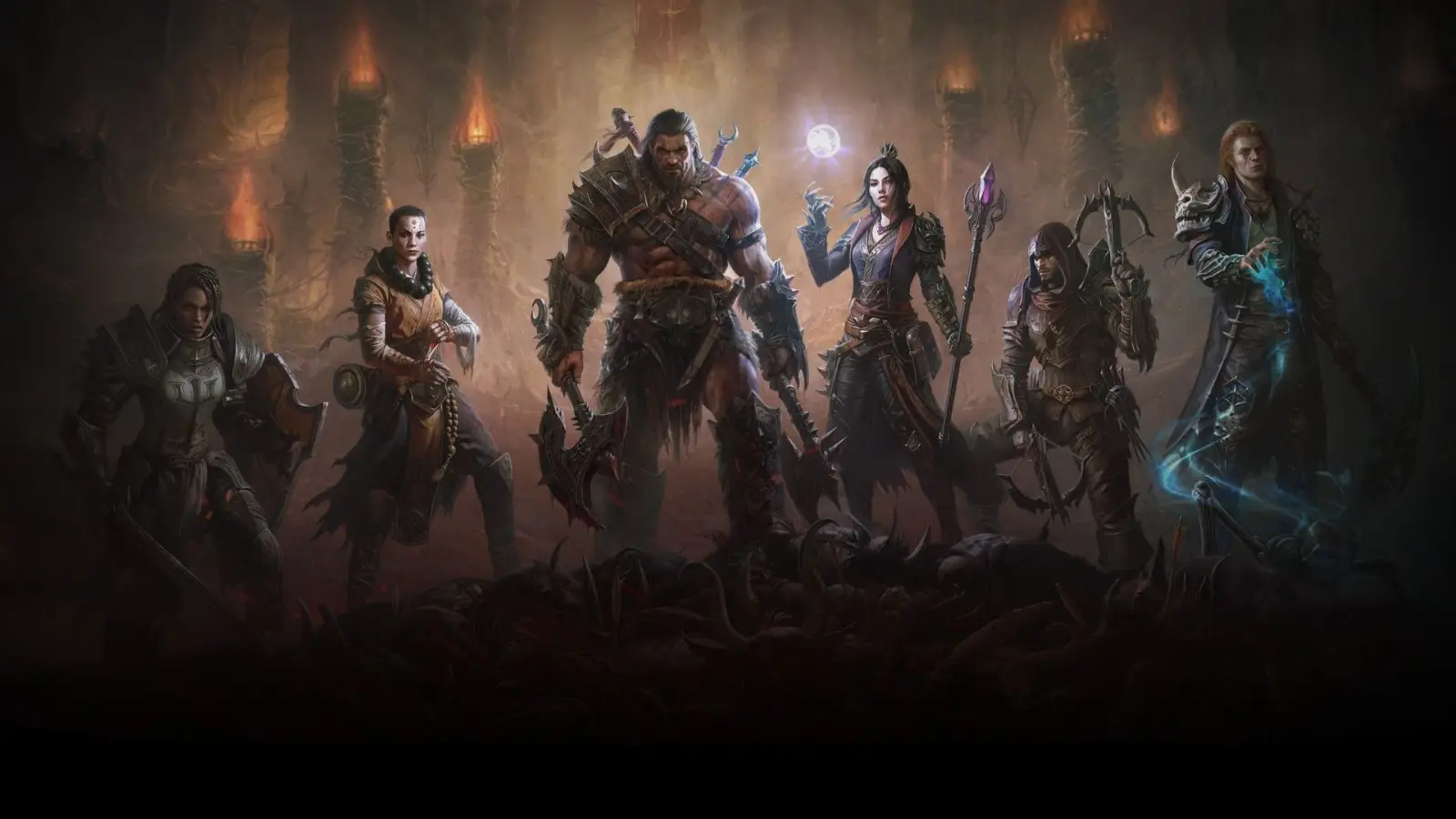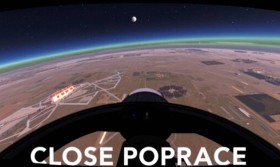Title: The Unseen Architect: How "Injustice Pandemic Shelter Sign Installer Simulator VR" Mount Missions Expansion Redefines Empathy in Gaming
Tags: #VRGaming #SimulationGames #InjusticePandemic #GamingForEmpathy #MetaVerse #IndieGame #GameReview #VirtualReality #SocialCommentary #ShelterSignInstaller
The virtual reality landscape is often a canvas for the fantastic—a place to wield lightsabers, scale mythical mountains, or pilot starships. It is less frequently a venue for the mundane, the bureaucratic, and the quietly desperate. This is what makes the unexpected cult hit, Injustice Pandemic Shelter Sign Installer Simulator VR, such a profound anomaly. Its newly released expansion, Mount Missions, doesn’t add laser-guided nail guns or rocket-powered harnesses. Instead, it doubles down on its core premise, transforming a quirky simulator into one of the most potent and unsettling commentaries on systemic failure and quiet resilience ever conceived in the medium.
The base game tasked players with a simple, repetitive job: navigate a city gripped by the "Grey Flu," a lingering pandemic that has exposed and exacerbated deep social inequities. Your tool is a basic drill; your objective is to affix officially sanctioned shelter signs to designated buildings, identifying them as safe havens with power, water, and medical supplies. The genius of the original experience was in its environmental storytelling. The weight of the VR headset became the weight of the responsibility. You’d hear coughing from a boarded-up window you weren’t authorized to tag, see the desperate eyes of those in unapproved shelters, and feel the chilling indifference of the automated dispatcher’s voice in your ear, reminding you to "Adhere to the grid. Do not deviate."
The Mount Missions expansion elevates this tension from the streets to the skies, and in doing so, literalizes the metaphor of being above—and apart from—the suffering below. The expansion introduces a new, remote region: the mountainous, affluent enclave of Serenity Peak. Here, the air is clean, the streets are silent but for the chirping of birds, and the homes are sprawling fortresses of glass and steel, built into the cliffsides. Your job remains the same, but the context, tools, and emotional landscape are completely inverted.
Gone is the humble drill. In Mount Missions, you are equipped with a sophisticated, heavy, and expensive hydraulic mounting unit. Your signs are not simple placards but elegant, backlit bronze plaques. The "shelters" you are identifying are not community centers but private mansions with panic rooms, state-of-the-art air filtration systems, and bunkers stocked with years of supplies. The mission is no longer about providing public information; it’s about validating private paranoia and affluence.
The core gameplay loop becomes a masterclass in visceral dissonance. The physical act of installing these signs is grueling. In VR, you feel the strain of carrying the heavy mount up a long, winding driveway. You must carefully align the expensive plaque on a pristine marble wall, your virtual hands fumbling to secure it without scratching the surface. The feedback is impeccable—the whirr of the hydraulic press, the satisfying click of the mount locking into place. It feels like accomplishment. Yet, your auditory backdrop is a curated serenity, broken only by the occasional snippet of conversation from an open window: "…assure you, the contract guarantees us priority evacuation…" or "…simply cannot have those people from the lowlands trying to come up the pass…"
The most powerful mission in the expansion involves installing a plaque on a mountaintop observatory-turned-bunker. The view is breathtaking, a panoramic vista of the entire game world. You can see the hazy, smog-filled basin where the base game takes place. As you secure the final bolt, a notification pings on your wrist-mounted communicator. It’s a public news alert, reporting that Shelter 17-D in the lowlands has run out of oxygen tanks. You look down from your pristine perch, your job complete, and you can almost pinpoint the exact location of that failure on the horizon. The game offers no button to press, no quest to abandon your task and help. It only offers the view and the crushing weight of complicity.
Mount Missions is not a fun expansion in the traditional sense. It is a deliberately uncomfortable, intellectually demanding experience. It makes you an active participant in the architecture of injustice. The "simulator" aspect is no longer just about simulating a job; it’s about simulating the psychological detachment that enables inequality. You are not a hero; you are a cog in a machine that tells the wealthy they are safe and reminds everyone else they are on their own. The game cleverly uses the inherent isolation of VR—the headset that blocks out the real world—to mirror the social isolation of its fictional one.

This expansion solidifies Injustice Pandemic Shelter Sign Installer Simulator VR as a landmark title in the genre of "empathy games." It doesn’t tell you inequality is bad; it makes you wear its tools, feel its physical demands, and profit from its existence. By moving the action to the mountaintop, it brilliantly illustrates that injustice is not just about the oppression of the marginalized but also about the deliberate, paid-for insulation of the privileged. It is a haunting, essential piece of interactive art that proves the most powerful virtual realities are not those that help us escape our world, but those that force us to see it with terrifying, uncomfortable clarity.


















